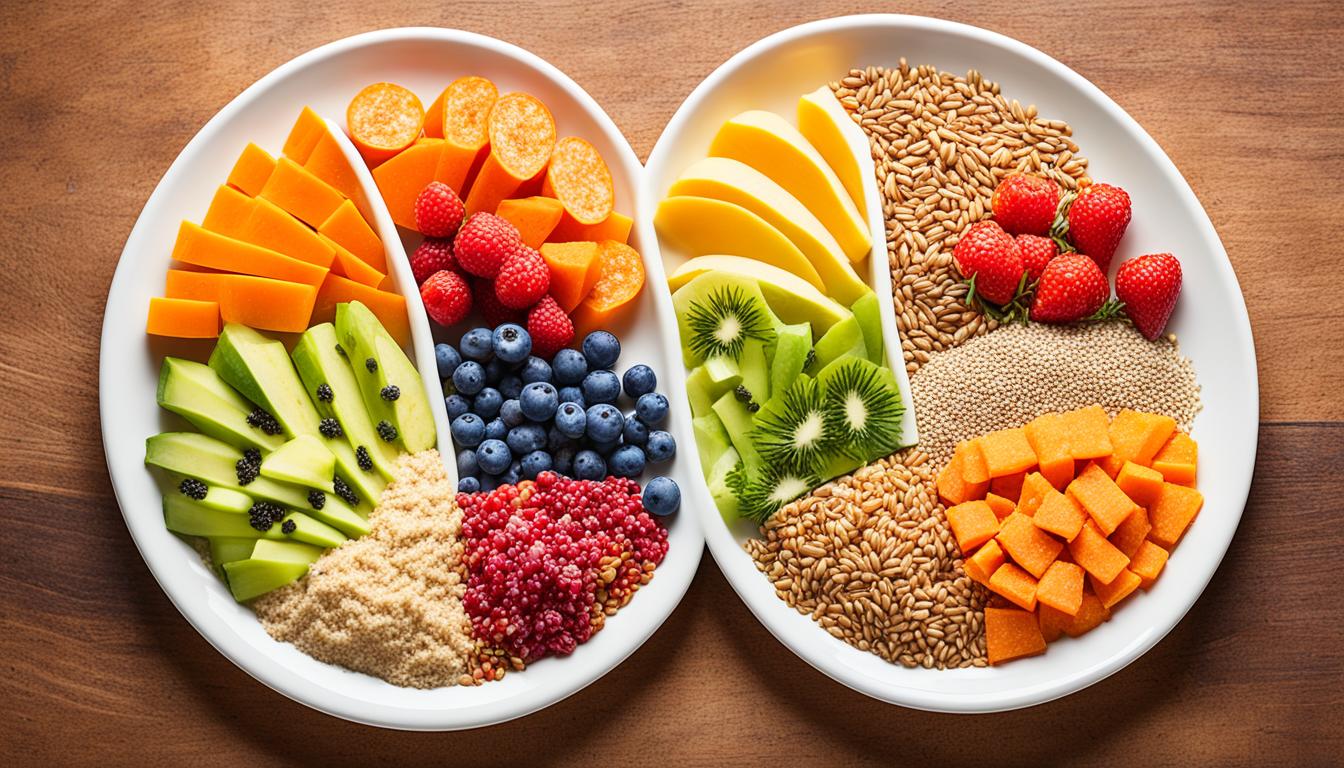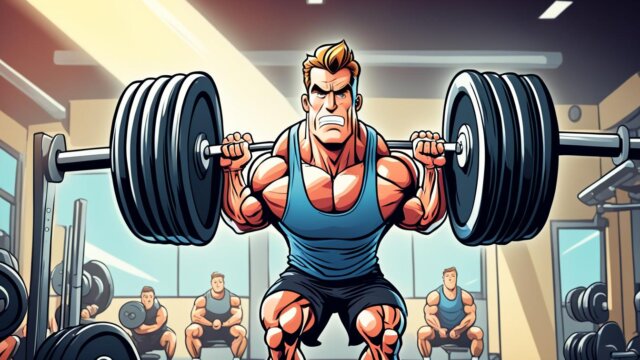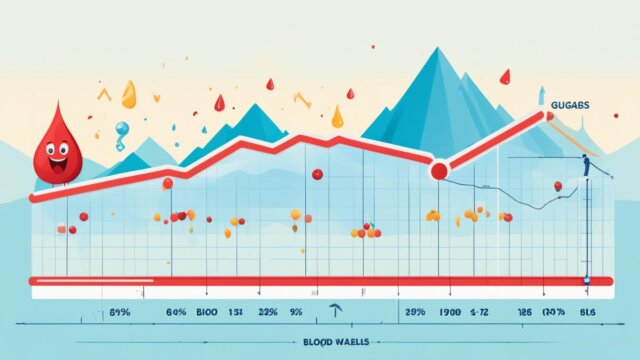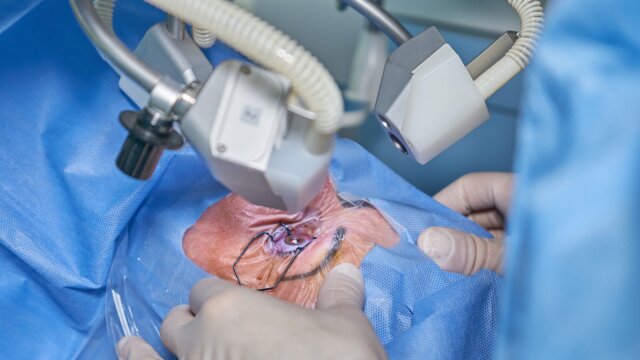FTC disclaimer: This post may contains affiliate links and we will be compensated if you click on a link and make a purchase.
Carbohydrates, proteins, and fats supply 90% of the dry weight of the diet and 100% of its energy. These nutrients are key for a balanced diet. They give your body the energy it needs to work. Knowing about these nutrients is important for staying healthy.
Carbohydrates, proteins, and fats get broken down in the intestine into their basic form. This includes sugars, amino acids, and fatty acids/glycerol. The body then uses these parts for growth and to stay healthy. Carbs give 4 calories per gram. Proteins give 4 calories per gram. Fats give 9 calories per gram.
Key Takeaways
- Carbohydrates, proteins, and fats are the three main macronutrients that provide energy and support various bodily functions.
- Carbohydrates are the body’s primary source of energy, while fats and proteins play important roles in insulation, cellular function, and cell building/repair.
- Macronutrients can be found in a variety of whole, nutrient-dense foods, including whole grains, fruits, vegetables, lean proteins, and healthy fats.
- Maintaining a balance of macronutrients is crucial for overall health, and personalized nutrition approaches may be more effective than one-size-fits-all recommendations.
- Understanding the importance and sources of macronutrients can help you make informed choices to fuel your body and achieve your wellness goals.
Understanding Macronutrients
What are Macronutrients?
Macronutrients are the big nutrients your body needs. They include carbohydrates, fat, and protein. These nutrients provide energy and keep your body running.
Your body needs a lot of macronutrients, but it needs only a little of vitamins and minerals.
Importance of Macronutrients
Macronutrients are key for energy and other important stuff. They help against cold, keep every cell working, and feed gut microbes. Carbs and proteins give 4 calories for each gram, but fats give 9 calories for each gram.
Experts suggest a certain mix of macronutrients. This mix is 45-65% carbs, 10-35% protein, and 20-35% fat. This mix is good for most people’s health. But, you might need to change it if you have certain goals or health issues.
Eating the right amount of each macronutrient is crucial. It keeps you healthy and feeling good. Knowing about carbs, fats, and proteins helps you choose well. This supports your body’s main tasks.
Carbohydrates: The Body’s Fuel
Carbohydrates are your body’s main energy. They turn into glucose, which fuels your cells. Carbs are one of the biggest nutrients in our food, with proteins and fats. You find them in grains, fruits, milk, beans, snacks, and more.
Types of Carbohydrates
There are sugars, starches, and fiber. Sugars are in fruits and honey. Starches, like in grains, are complex. Fiber, found in plants, is good for your tummy.
Healthy Sources of Carbohydrates
Eating foods that are not processed is the best way. These foods include fruits, veggies, whole grains, and proteins. The goal is to eat smart carbs that are best for your body. These come from whole grains, fruits, and veggies.
Most people do not eat enough fiber. Sugar should be limited. The suggested limit is 6 teaspoons per day for most women, 9 teaspoons for most men. Meal plans that cut carbs might increase heart disease risk if they focus on animal fats.
We should get 45 to 65% of our calories from carbs each day. This amounts to 275 g for a 2,000 calorie diet. Cutting carbs can help lose weight. But, it can be tough and lower fiber intake. Choosing whole grains is better than refined ones. Limit added sugars. They can cause weight gain.
Fats: Essential for Health
Fat is key for staying healthy. There are four main types of fats in our food. These are saturated, trans, monounsaturated, and polyunsaturated fats. Too many calories can make us gain weight. One gram of fat has more calories than one gram of carbohydrates or proteins.
Types of Dietary Fats
There are three big types of fats we eat: unsaturated, saturated, and trans. Unsaturated fats are liquid at room temperature. These are seen as the best for our health. They might help our hearts and lower the chance of dying early.
Healthy Sources of Fats
Good fats are in olive oil, avocados, and some fish. They lower bad cholesterol. Health pros say we should eat more of these good fats and less bad ones. Walnuts, vegetable oils, and avocado are also smart fat choices.
Foods with a lot of saturated fat are things like fatty meat and cheese. Some things say they have no trans fats, but they might still have bad fats. Always check the labels to know what’s in your food. Eating fats is fine if they’re the right kind, like plant oils or low-fat dairy.
A good diet balances favorite foods with healthy choices. Portion control is also important for staying healthy.
Proteins: Building Blocks of Life
Proteins come from long chains of amino acids. They are super important for our bodies. They help with making enzymes, hormones, and keeping our cells healthy. There are 20 amino acids that are key to our health. They build what we need for hair, skin, muscles, and organs.
Complete and Incomplete Proteins
Proteins can be complete or incomplete. Complete proteins have all nine important amino acids. Incomplete ones lack some essential amino acids. Energy from ATP helps put amino acids together into chains. This process is called dehydration synthesis.
When we eat proteins, our bodies break them down into amino acids. We don’t keep extra amino acids. But this doesn’t stop us from helping our bodies stay strong and repair.
High-Quality Protein Sources
Great sources of protein include tofu, beans, and eggs. They also include nuts, seeds, and dairy. Don’t forget about fish and tempeh. These foods are full of different amino acids. These are important for helping our cells grow and fix themselves.

Complete Proteins | Incomplete Proteins |
|---|---|
Contain all nine essential amino acids | Missing one or more essential amino acids |
Examples: eggs, meat, poultry, fish, dairy, soy | Examples: grains, legumes, nuts, seeds |
Provide a full complement of amino acids | Require combination with other incomplete proteins to provide all essential amino acids |
The Significance of Diet Quality
Focusing on the bigger picture of what we eat is vital. It’s better than stressing over each food part. For a good diet, choose lots of top-notch plant-based foods. These include whole grains, veggies, fruits, nuts, and seeds. Don’t forget about foods that help your gut microbiome. Together, these food types give you the right mix of macronutrients and many vital nutrients.
Balancing Macronutrients
Keeping your macronutrient balance just right is key to health. Your body needs carbs, fats, and proteins the most. Getting the correct types and portions of these macronutrients helps your body work well, keeps you energized, and healthy.
Personalized Nutrition Approach
Deciding what to eat should be tailored to you. This is smarter than following general rules because everyone reacts differently to food. Things like how old you are, how much you move, your health, and your gut health shape what you should eat. A custom plan, including home tests, can point you to the perfect mix of macronutrients for you and your aims.
Carbohydrates, Fats, and Proteins: Fueling Your Body
Carbohydrates, fats, and proteins give your body energy. They help with many bodily functions. Carbohydrates give quick energy. Fats give slow energy. Proteins help build and repair cells, besides giving energy. These three work together to keep you going strong.
Carbohydrates fuel your body mainly, turning into glucose for cells. You can get them from food like bread, fruits, and milk. Fats help your body stay warm, store energy, and absorb nutrients. Good fat comes from nuts, oils, fish, and avocado. Proteins are key for building and fixing cells. Great protein sources are tofu, nuts, and fish.
Eating the right mix and amount of these macronutrients is key for good health. A diet with plenty of whole, healthy food makes sure you get the best out of carbohydrates, fats, and proteins.
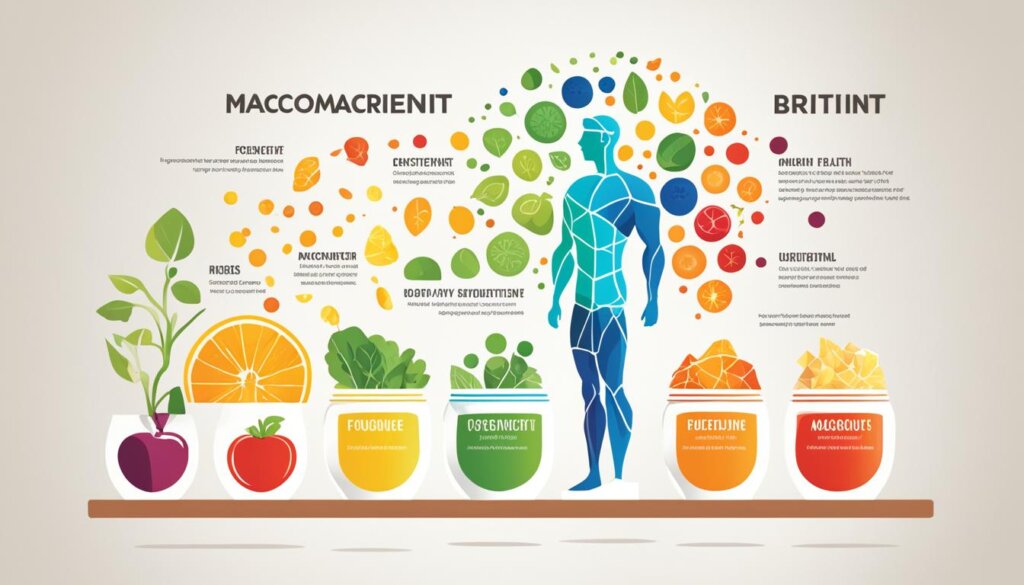
Healthy Meal Planning
Eating a balanced diet helps keep us healthy. It should include vegetables, fruits, whole grains, lean meats, and healthy fats. Make sure you don’t eat too much of one kind of food to stay healthy.
Incorporating Whole Foods
It’s important to eat a variety of fresh, whole foods. This means lots of fruits, veggies, grains, beans, nuts, and lean meats. Stay away from too many sugary or fatty foods since they are not as good for you. Choosing foods in their natural form ensures you’re getting all the nutrients your body needs.
Portion Control
Watching how much you eat is also key. Portions help you eat just the right amount. Aim for about 1 cup of veggies, 1/2 cup of grains, 3-4 ounces of meat, and some good fats daily. This mix of foods in the right amounts does your body good.
Nutrient | Recommended Intake |
|---|---|
Carbohydrates | 45-65% of total calories |
Protein | 10-35% of total calories |
Fat | 20-35% of total calories |
Saturated Fat | Less than 10% of total calories |
Combine good, whole foods with smart portion choices. This is the secret to a meal plan that improves your health. It keeps you strong and happy.
The Role of Macronutrients in Weight Management
The macronutrients you eat are very important for weight management. When you eat the same calories you use, it keeps your weight in check. But, what kinds of macronutrients you choose also affect how hungry you feel, how satisfied, and your metabolic rate. These things can change how well you keep your weight in check.
Carbs, fats, and proteins do different things when it comes to your energy and how you look. Eating too many carbs and fats can lead to weight gain, obesity, and health issues like diabetes and high blood pressure. Yet, too much protein doesn’t make you store as much fat, and can actually help improve your shape, especially if you work out.
By knowing what each macronutrient does to your hunger, satisfaction, and metabolism, you can pick smartly to reach your weight management goals. Choosing a mix of carbs, fats, and proteins in the right amounts helps keep your calories and energy in balance. This way, you can reach and keep a healthy weight.
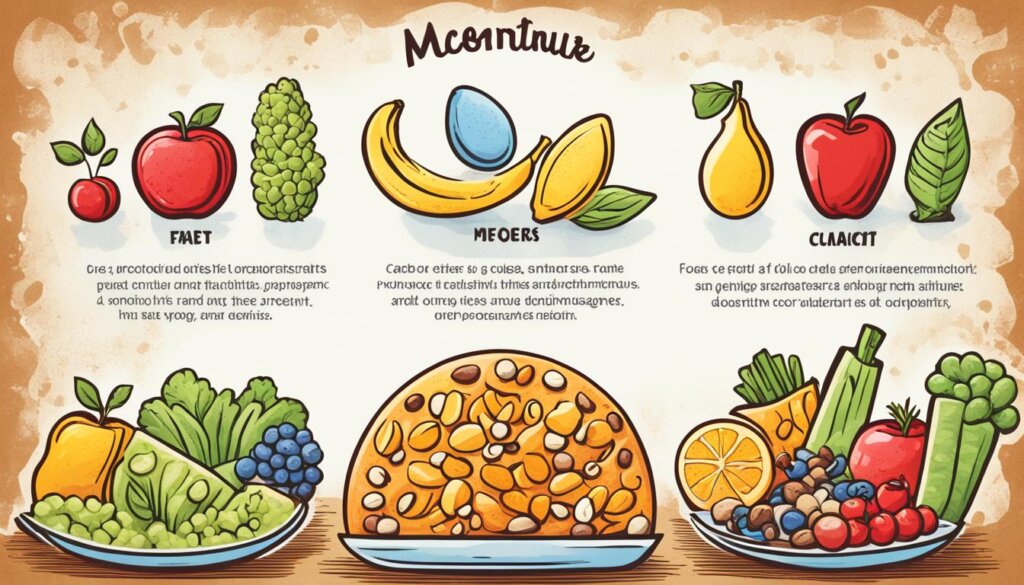
Macronutrient | Recommended Intake | Impact on Weight Management |
|---|---|---|
Carbohydrates | 45-65% of daily calories | Eating too many can make you gain weight and cause health problems. So, pick ones with lots of fiber to keep you full and healthy. |
Fats | 20-35% of daily calories | Good fats, like the ones in nuts and avocados, can help control your hunger and give you lasting energy. Avoid too much saturated or trans fats. |
Proteins | 0.36 g per pound of body weight 10-35% of daily calories | Getting enough protein can save your muscle, make you feel full, and keep your metabolism in good shape. These things are great for managing your weight. |
Macronutrients and Exercise
What you eat is key for exercise. Carbs give you quick energy for your workouts. Proteins build and repair muscles. Fats are crucial for making hormones and staying healthy. The right balance of these before and after exercising helps you perform better, heal faster, and improve how your body looks.
Pre-Workout Fuel
Eat foods high in carbs before working out. These foods will give your muscles the energy they need. Good choices include whole grains, fruits, and starchy vegetables.
Post-Workout Recovery
After working out hard, your body needs carbs and proteins. This mix helps muscles recover and grow. Eating things like chicken, fish, or Greek yogurt with foods like brown rice or sweet potatoes is a great idea.
Using the right nutrients around your workouts makes a big difference. It helps in performing better, building muscles, and recovering well.
Macronutrient Imbalances and Health Risks
Too much or too little of certain macronutrients can be harmful. It might raise the chance of getting chronic diseases. Eating a lot of carbohydrates or fats might cause weight gain, obesity, and sicknesses such as type 2 diabetes and heart disease.
Getting too little protein can stop muscles from growing. It can also make the body weaker. This leads to slow healing.
It is key to have a good balance of macronutrients. This helps to stay healthy and avoid getting sick.
More than a billion people around the globe don’t get enough protein every day. About 30% of kids in central Africa and South Asia suffer. Also, over half of the elderly in the U.S. don’t get enough.
Lacking protein is a big issue in both rich and poor countries. Eating too many carbohydrates and fats can cause problems, too. It leads to weight gain, obesity, type 2 diabetes, and high blood pressure.
It’s uncommon to not get enough essential fats if you eat normal foods. But some cases, like not being able to absorb fats well, can lead to this. Also, eating too much protein doesn’t always mean you’ll gain fat. It can even help if you’re working out and building muscle.
However, eating too much of any macronutrient can be bad. It often leads to having too much fat in your body. This is not healthy.
Some people are worried about how high-protein diets affect the kidneys. But, these diets don’t actually make chronic kidney disease more likely.
The Importance of Hydration
Water is key for our body to work well. It makes up 62% of us. It helps keep us cool, move nutrients, and get rid of bad stuff. Staying hydrated boosts how smart and strong we are. It stops us from getting tired, helps us think better, and much more.
Water is the most important thing we need. It affects lots of things in our body. Keeping the right amount of water in us is super important. If we don’t, we can’t think well or do our best physically.
Drinking enough water helps do so many good things for us. It keeps our temperature right, helps give us what we need, and takes out what we don’t. When we’re not well hydrated, we get tired and serious headaches. Our brain doesn’t work as well. It’s easy to see why we should drink enough water.
It’s very important to keep hydrated. You can do this by drinking water or eating foods full of fluids. Staying hydrated is key to being healthy and doing well mentally and physically. Making sure you drink enough is a big part of living well.
Reading Food Labels
Reading food labels is key to making smart choices. They show the calories, fats, and other important nutrients in your food per serving. The Nutrition Facts panel tells you this. It also helps to check the ingredients to see where the nutrients came from.
Understanding Nutrition Facts
The Nutrition Facts label tells you about the food’s fats, carbs, and proteins. It shares serving sizes, calories, and nutrient details. Learning to read this label helps you pick foods that are good for you.
For instance, “Fat-free” means less than 0.5 grams of fat per serving, and “Low fat” means the food has 3 grams of fat or less. There’s also a sodium intake recommendation for a day, which is 2300 milligrams for most people. This includes those with diabetes.
If a product is “Sugar free,” it has less than 0.5 grams of sugar. And if it’s “High fiber,” that means it has 5 grams or more of fiber per serving.

Knowing how to read food labels helps you pick items that are good for you. It supports your health goals. This way, you can have a diet that’s balanced and healthy.
Nutrient Timing
The time you eat carbohydrates and proteins impacts your body’s use of them. Eating them around workouts gives energy and helps muscles recover. Spreading out when you eat these nutrients keeps your energy levels steady. It also helps control blood sugar. Thinking about when you eat is important for staying healthy and fit.
Eating lots of carbs (600 – 1000 grams) helps store energy best. During exercise, have 30 – 60 grams of carbs every hour. Adding protein in a 3-4:1 ratio with carbs can boost your stamina. After exercise, high-carb foods help your muscles recover faster. Adding a bit of protein at this time helps even more.
Drinking amino acids after exercise makes your muscles grow. Before a workout, a mix of carbs and protein can get your body into top shape for growth. After a workout, different amounts of carbs and protein can make you stronger and leaner. Adding just a little creatine to your after-workout meal boosts the benefits of lifting weights.
Taking extra protein changes how your muscles adapt to working out by a lot, according to a bunch of studies. Changing when you eat carbs can also change how you perform. Drinking calcium can help with keeping your calcium levels right, especially during hard exercise. This is important for women who have gone through menopause.
Drinking creatine after working out can make you gain more muscle and get stronger. And having a snack of carbs and protein after a long exercise helps make your muscles grow.
For women, where they are in their menstrual cycle and their sex affect how they use energy during exercise. A study looked at how men and women’s bodies handle carbs before a competition.
Researchers are checking if athletes really eat as many carbs as they’re supposed to. This could help improve athlete’s performances.
Macronutrient | Optimal Timing | Key Benefits |
|---|---|---|
Carbohydrates |
|
|
Protein |
|
|
Creatine |
|
|
Myths and Misconceptions
Many stories go around about what we should eat for a good diet. Things like eating few carbs or lots of protein might not work for all. The key is to know what’s true and focus on eating a mix of healthy foods. These are foods that give you the right carbs, fats, and proteins for your health.
Debunking Popular Diet Trends
To lose weight the right way, it’s best to shed 1/2 to 2 pounds every week. Do this by picking healthy foods, watching your portions, and being active every day. If you eat less than 130 grams of carbs each day, it might make ketones build up in your blood. Remember, foods with starchy carbs are low in fat and few calories but give you a good energy boost.
You can include fast foods in your diet if you choose wisely and keep portions in check. People who miss breakfast or eat too infrequently tend to be heavier.
It’s healthier to start your day with a good breakfast and eat a few times more. Also, eating late at night doesn’t directly make you gain weight. It’s more about how much you eat all day and how active you are.
Snacking on nuts in small amounts is good for losing weight. They have healthy fats, protein, and fiber. Small portions of lean meats are also good for losing weight.
They’re packed with important nutrients like protein. Dairy that’s low in fat or fat-free is just as good for you. It has less fat and calories but still offers plenty of protein and essential vitamins.
Personalizing Your Macronutrient Intake
Everyone is different, so there’s no single best way to eat for everyone. Your body reacts uniquely to carbs, fats, and proteins based on many factors. These can include your age, how active you are, any health issues, and even the living things in your gut.
To find your best mix, you can use special tools like tests you can do at home. These tools help figure out the ideal foods for you to be healthy and meet your goals.
Our body needs three main types of nutrients to work well: proteins, carbs, and fats. Proteins give you 4 calories per gram, same as carbs. But fats give you more energy, at 9 calories per gram. Changing what you eat can help reach specific fitness goals. For instance, more protein can help build muscles, and less carb might help lose some weight.
To eat right, you have to look at your own speed of burning energy, your body shape, and certain health signs. Knowing how your body reacts to different food types can be very powerful. It helps you eat in a way that boosts your energy, makes you perform better, and keeps you healthy.
The at-home tests can show what might be the best macro mix just for you, based on your gut health and other health signs.
Macronutrient | Calories per Gram | Recommended Intake Range |
|---|---|---|
Proteins | 4 calories | 0.7-1.0 grams per pound of body weight |
Carbohydrates | 4 calories | Adjusted based on activity level and body type |
Fats | 9 calories | 0.25-0.4 grams per pound of body weight |
Choosing what and how you eat based on what’s best for you is very empowering. It can help you get in better shape, have more stamina, and feel good all round. Plus, cutting back on calories the right way can help you lose weight without a lot of struggle. In the end, making your food choices to fit *you* exactly is the smartest thing to do for your health.
Conclusion
Carbohydrates, fats, and proteins are vital for your body’s energy and functions. Knowing about these nutrients, their types, and balancing them in a diet is important. This helps improve your health and wellbeing.
Eat a variety of whole, healthy foods and adjust your nutrient intake for personal needs. This way, you can fuel your body well and meet your health goals. The mix of carbs, fats, and proteins is key for energy, bodily functions, and health.
A balanced diet with the right macronutrients, based on your needs, will guide you to better health and fitness. Use the power of macronutrients to help your body thrive in life.
FAQ
What are the main types of macronutrients in food?
Carbs, proteins, and fats are the main types. They make up most of our diet’s weight and all its energy.
How many calories do the different macronutrients provide?
Carbs and proteins give us 4 calories per gram. Fats give us more, with 9 calories per gram. It’s good to know for eating right.
What is the role of macronutrients in the body?
Macronutrients give us energy and do important body work. They break down into sugars, amino acids, and fatty acids. Our body uses these for growth and more.
What are the main types of dietary carbohydrates?
Sugars, starches, and fiber are the main dietary carbs. Eating less processed ones is healthier.
What are the different types of dietary fats?
We have unsaturated, saturated, and trans fats. Unsaturated fats are the best choice for health.
What are the two types of protein sources?
Complete and incomplete proteins are the two types. Foods like tofu, beans, and eggs give us high-quality protein. They help our body in many ways.
Why is a balanced diet rich in whole, minimally processed foods important?
It gives us many vitamins, minerals, and more. A balanced diet keeps us healthy. Eating whole foods is key.
How can the macronutrients you consume impact weight management?
Eating the right amount of calories matters for weight. But what types of food you eat is important too. It affects hunger, fullness, and how fast you burn calories.
How do macronutrients support exercise and physical activity?
Carbs are for quick energy, and proteins repair muscles. Fats help our bodies work right. Eating the right mix of these helps when you’re active.
What are the potential health risks of macronutrient imbalances?
Too much or too little of any macronutrient is bad. It can lead to serious health problems. We should eat a balanced diet.
Why is hydration important?
Water is a huge part of us and does lots of jobs. It’s key for thinking, moving, and feeling good.
How can reading food labels help with making informed choices about macronutrients?
Food labels show what’s in what we eat. They help us pick the best foods. The ingredient list also tells about the food’s quality.
How can the timing of macronutrient intake impact their utilization?
Having carbs and proteins around exercise is smart. It gives energy and helps muscles. Eating different foods all day keeps us going strong.
What are some common myths and misconceptions surrounding macronutrients?
Not all diets are good for everyone. We need to be careful and choose a diet that gives everything our body needs. It’s about truth over trends.
How can a personalized approach to macronutrient intake be beneficial?
Everyone’s body is different, so we need to eat in a way that fits us best. Age, how active we are, and even our gut play a big part. That’s why one size never fits all. Remember this, it’s very important.
